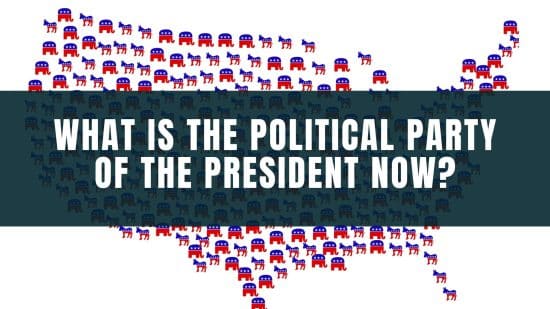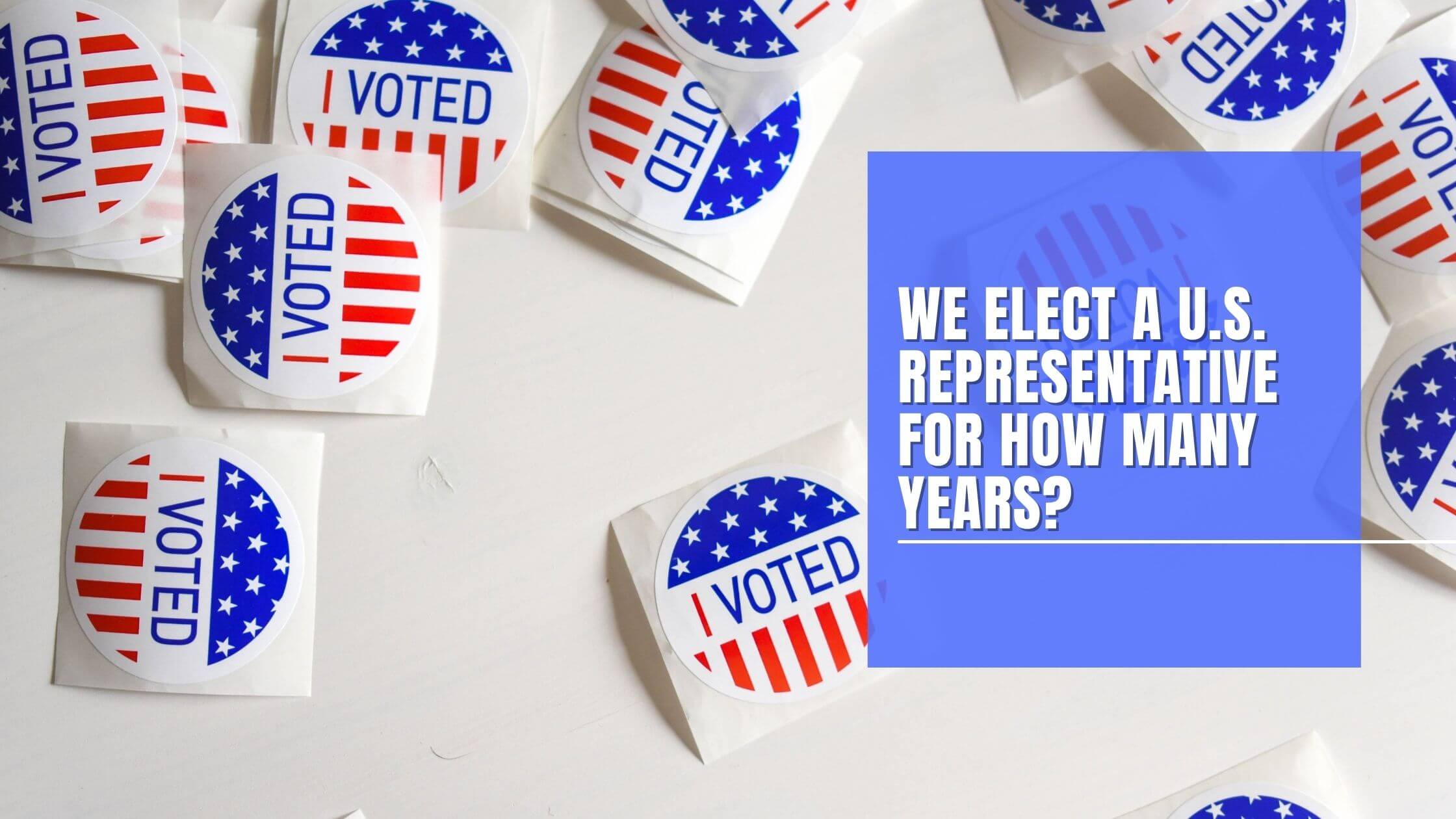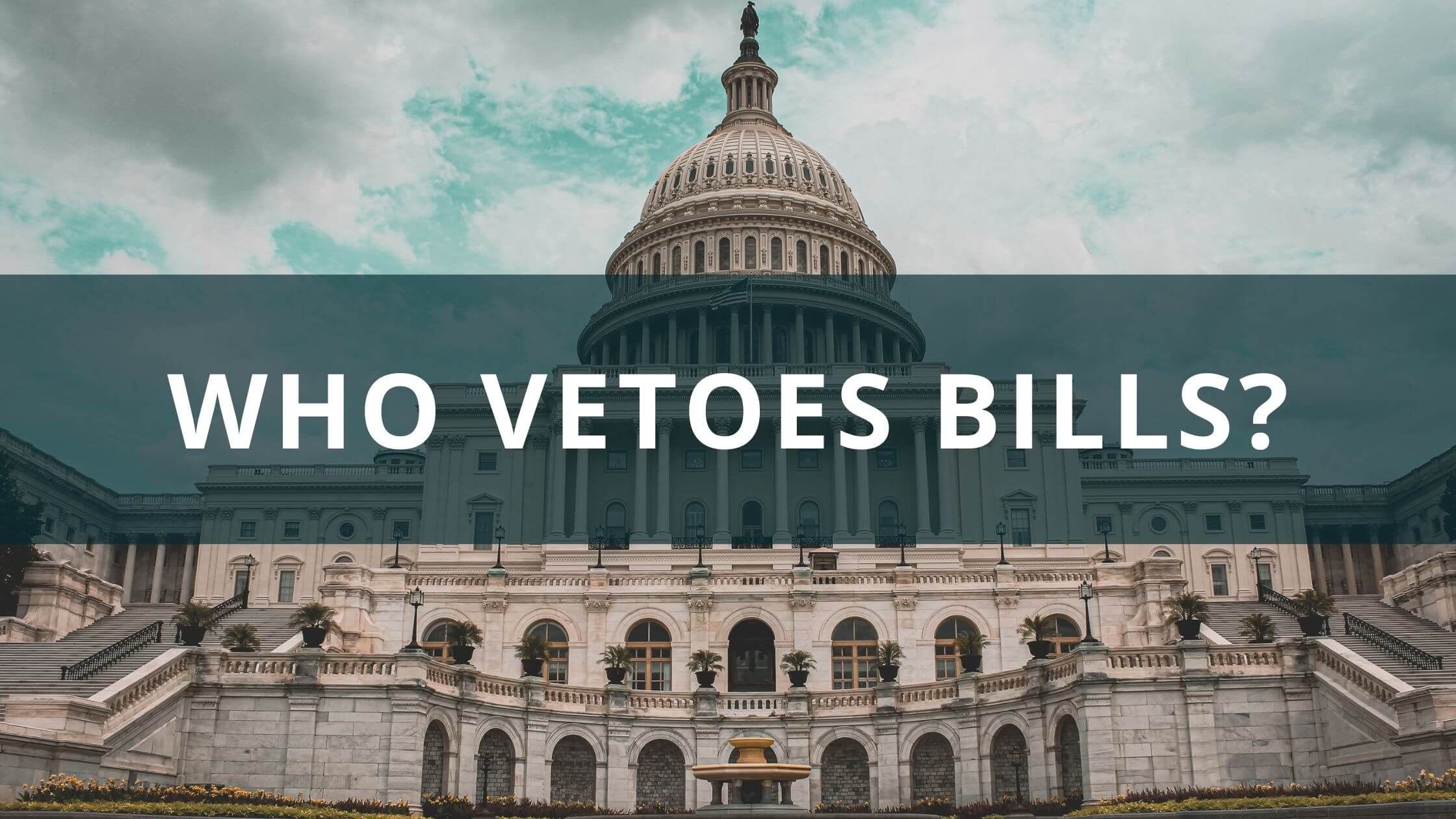To pass the US citizenship test, you will have to answer 10 of a possible 100 questions. The following question is from the USCIS test.
What is the political party of the president now?
Answer:
The current president of the United States, Joe Biden, is a member of the Democratic Party, the oldest political party in the United States. The Democratic Party is one of two major political parties in the United States, alongside the Republican Party, that have dominated the political landscape for the last 160 years.
President Biden was successful in unseating incumbent Republican President Donald Trump in the 2020 presidential election, while the Democratic Party simultaneously maintained slight majorities in both houses of Congress.
The following is a full explanation of the USCIS question:
Origins of the Democratic Party
The Democratic Party was founded in the 1790s by Thomas Jefferson and James Madison in opposition to the Federalist Party. Originally known as the Democratic-Republican party, its members feared the increasing influence of the federal government over states and strongly opposed the monetary policy espoused by the Federalist Party, which included the creation of a national bank.
The Democratic-Republican Party actively promoted the concepts of republicanism, agrarianism, expansionism, and states’ rights. It achieved great success early on in its history, winning several presidential elections in a row and playing a major role in the dissolution of the Federalist Party.
As a result, the Democratic-Republican Party became the primary force in American politics for the first two and a half decades of the 19th century, shaping governmental policy that would define much of pre-Civil War America. It would not be seriously challenged again by another political party until the late 1830s, when the newly created Whig Party began to gain in popularity.
Transition from Democratic-Republican to Democratic
The election of President Andrew Jackson in 1828 saw the transformation of the Democratic-Republican Party to the Democratic Party. Jackson reshaped the party, which had become associated with an elite, out-of-touch political class, to the common man’s party.
Under his guidance, the Democratic Party established itself with a pro-expansionist, anti-tariff, pro-slavery, pro-immigration, and anti-national bank political policy. Jackson’s presidency also resulted in the establishment of a new political party, the Whig Party, which supported an anti-expansionist, pro-tariff, and pro-national bank policy, while also containing significant anti-slavery and anti-immigration components.
After Jackson’s presidency, the Democratic Party vigorously endorsed a policy of Manifest Destiny, seeking to rapidly expand America’s borders. It also began to aggressively defend the institution of slavery, which had previously been viewed by much of the country as a necessary evil that would eventually be phased out, endorsing it as a vital part of a thriving democracy.
The southern branch of the Democratic Party also resented the tariffs imposed on them by the federal government, feeling that they disproportionately impacted the southern states, which were less industrialized than their northern counterparts and thus relied heavily on imports.
Post-Civil War Era and Reconstruction
After nearly three-quarters of a century as the most dominant political party in the United States, the Democratic Party was relegated to second place on the political podium, as the Republican Party began to assert its dominance. For the next seven decades after the Civil War, the Republican Party dominated national and local elections, amassing large majorities in Congress and statehouses.
Incredibly, only four of fifteen presidents were from the Democratic Party during this time.
Rebirth Under Franklin Roosevelt
The election of Franklin Roosevelt in 1932 during the Great Depression was the beginning of a new era for the Democratic Party, which had previously been unable to shake the negative publicity associated with their role in secession and the Civil War.
During his long tenure spanning over twelve years, Roosevelt transformed the country whilst registering a record four presidential election wins. He dramatically expanded the federal government’s role in all areas of society and introduced Social Security, the most important welfare program in the United States.
Roosevelt also led the United States during its involvement in World War II, from 1941 to 1945, as it helped Great Britain and the Soviet Union defeat the hostile empires of Germany and Japan. He showed particular acumen for working with world leaders of all types of philosophies, evidenced by his successful diplomatic efforts with Winston Churchill and Joseph Stalin. Sadly, he died in office on April 12, 1945, three months after being elected to his fourth term.
Civil Rights Era
Although the Democratic Party often enjoyed large majorities in Congress decades after Roosevelt’s presidency, an increasing divide began to arise in the party over Civil Rights. While much of the liberal wing supported the Civil Rights movement led by Dr. Martin Luther King Jr., conservative – primarily southern – elements vehemently opposed it.
As the 1960s progressed, the liberal wing of the Democratic Party, along with some Republican support, was able to win many important victories for African Americans.
Late 20th Century
After the Civil Rights era, as the 20th century came to a close, both major political parties battled each other to a stalemate in terms of elections and governmental policy. The Democratic Party enjoyed more success in congressional elections in the 1970s and 1980s and national elections in the 1990s. In contrast, the Republican Party enjoyed more success in presidential elections in the 1970s and 1980s and congressional elections in the 1990s.
The Democratic Party ended the 20th century on a high note, though, with President Bill Clinton overseeing one of American history’s most economically prosperous periods.

Get Smarter on US News, History, and the Constitution
Join the thousands of fellow patriots who rely on our 5-minute newsletter to stay informed on the key events and trends that shaped our nation's past and continue to shape its present.
21st Century and Beyond
President Barack Obama of the Democratic Party became the first African American president in history and was able to pass a major federal healthcare bill, aptly named “Obamacare.”
The large congressional majorities enjoyed by the Democratic Party during President Obama’s early years in the White House and the impressive coalition of voters brought together by his presidency indicated a bright future for the party. However, an increasingly influential progressive wing in the party that actively endorses socialism is a complicating factor threatening the party’s future.
The Democratic Party will need to find a way to effectively address and curtail the influence of the progressive wing of their party to avoid alienating large portions of the American electorate who still prefer a capitalist system of economics. In all likelihood, the party will continue to be a significant influence on governmental policy as it has for the last 230 years and find a way to balance the varying beliefs of its partisans.




